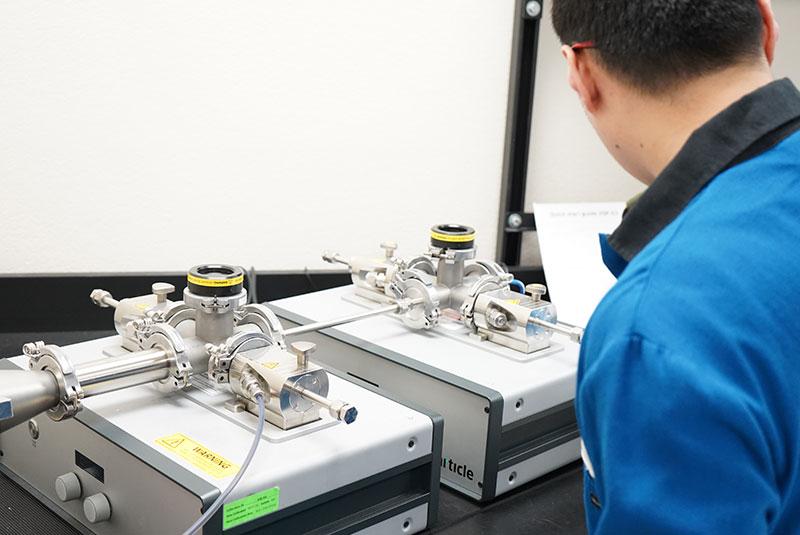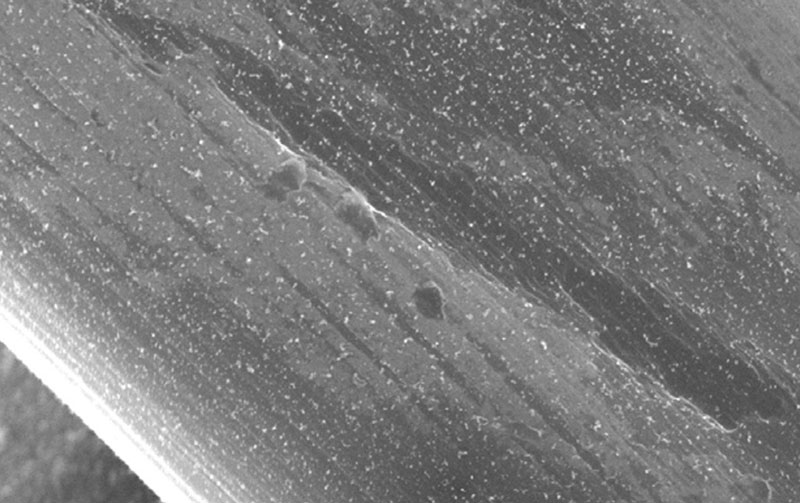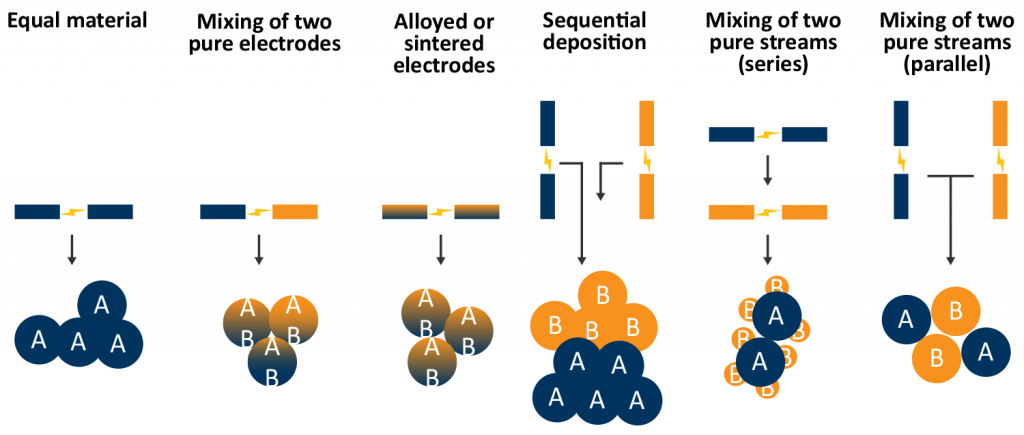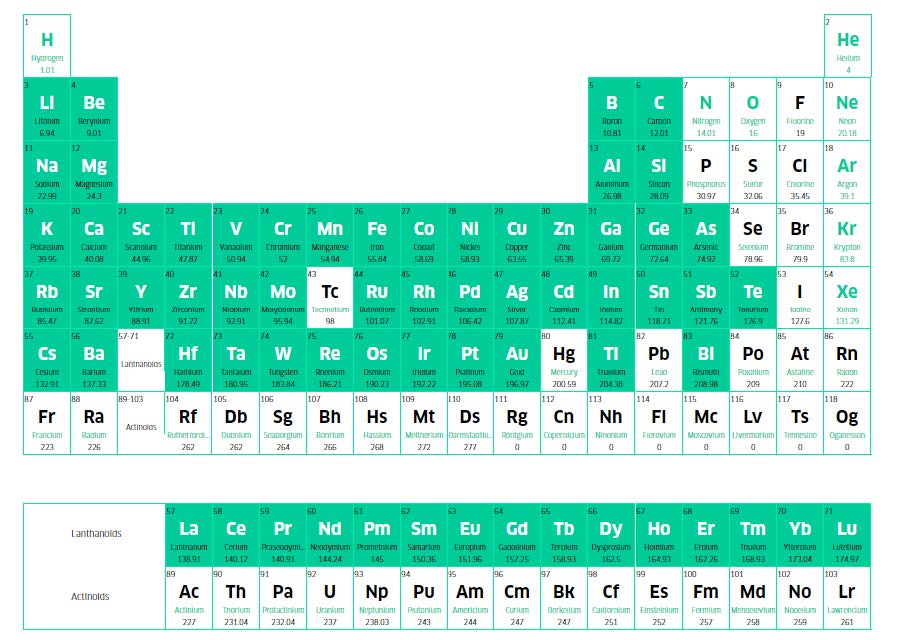Customized Nanoparticle Development

Nanoparticle Development
Fast & Tunable Nanoparticles Via Spark Ablation
We generate contaminant-free, size-tuned nanoparticles in a controlled and repeatable way. Utilizing spark ablation technology, nanoparticles are produced in the gas-phase under ambient temperature and pressure via a purely physical process free of solvents. Nanoparticles can be produced from any conductive or semiconductive material. Inert carrier gasses typically used are Argon and Nitrogen, however additional gasses may be introduced to alter the composition of generated nanoparticles. A high temperature (>20,000K) spark is generated across solid electrodes that ablates the material. The carrier gas then transports the particles to a collection device, such as a TEM grid, metal disk, or filter material.
Control of key particle parameters, such as size, distribution, concentration, and coverage, is dictated by the gas flow rate, voltage, current, and time. The gas flow rate is the primary controller for most of the key particle characteristics. It affects how large and concentrated particles become before they are carried downstream, where faster rates will reduce the ability of the particles to aggregate, hence resulting in smaller particles with a smaller size distribution. Higher flow rates also increase the concentration and coverage on the downstream substrate.
Typical Applications
- Heterogeneous catalysis
- Model catalyst development
- Photocatalysis
- Electrocatalysis
- Additive manufacturing
- Green hydrogen production
- Surface-enhanced Raman spectroscopy (SERS) chip fabrication
- MOx sensors
- Toxicology

We can utilize electrodes of the same material, or 2 different materials, as well as connect 2 ablators, either in series or parallel. This allows for interesting particles to be generated from different materials.

In the table below, elements highlighted in green are those that have been found to be compatible with spark ablation. Other elements for which information is available are presented in black while elements that may be used in the spark ablation process (e.g. as carrier gas or modifier) are shown in green.

Contact Us
We are a multi-disciplinary laboratory committed to providing our expertise and efficient analytical services.
